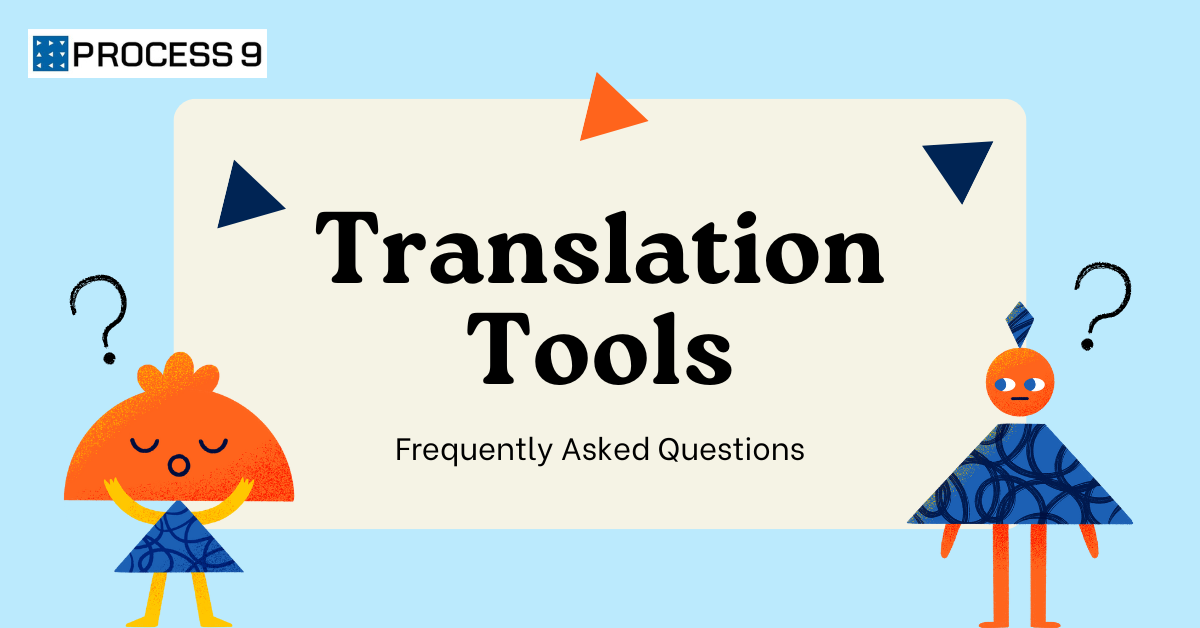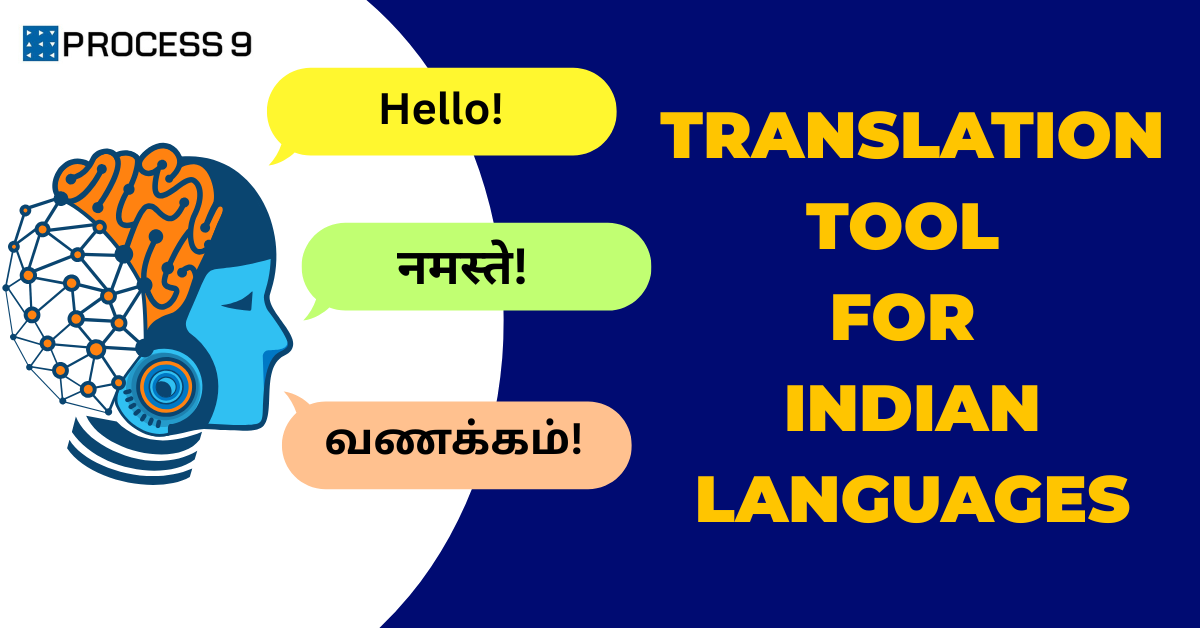Every business today understands the power of translation in expanding its reach. The internet allows businesses to connect with audiences worldwide instantly and at no cost. But while the internet breaks geographical barriers, language remains a crucial factor. Your digital presence should speak the languages of your customers.
For Indian businesses, this challenge arises much earlier – well before they consider global expansion. With 22 official languages and over 1,600 dialects, selling in India itself requires a strong multilingual strategy. To reach the majority of online buyers, businesses often need to localise content in at least 10-12 languages.
While 10 may seem like a small number compared to 1,600, it’s no small feat. Translating all business communications into multiple languages can be time-consuming and costly, adding operational strain. Businesses must find a way to balance speed, quality, and cost when scaling their multilingual presence.
This brings us to a crucial question: Should businesses rely on human translators for precision, or is machine translation advanced enough to meet their needs?
This article explores the key differences between machine translation and human translation, compares available translation models, and discusses how businesses can strike the right balance between speed, cost, and accuracy.
Understand Your Business Requirements
Before choosing between MT and HT, businesses must assess their specific needs. Consider the following:
- Content Volume: How much content needs translation? Large volumes favor automation.
- Change Frequency: Websites and apps update frequently, i.e. how often does your content change?
- Turnaround Time: Do you need translations in real time or can you afford a slower process?
- Budget: How much can you allocate to translation without impacting profitability?
- Regulatory Compliance: Industries like BFSI and healthcare have stringent language requirements.
- Number of Target Languages: Are you translating into a few or multiple Indian languages?
Understanding these parameters helps determine whether MT, HT, or a hybrid model is the right fit.
Machine Translation vs. Human Translation: A Comparison
| Parameter | Machine Translation (MT) | Human Translation (HT) |
| Speed | Instant translations | Time-consuming, especially for large volumes |
| Accuracy | Varies by model and training; improving rapidly | High, but depends on translator expertise |
| Cost | Significantly lower, especially for high volumes | Expensive, particularly for multiple languages |
| Scalability | Easily scales to large content volumes | Difficult to scale for rapid content updates |
| Consistency | Ensures consistency using translation memory | May vary based on individual translators |
| Customization | Can be trained with terminology and domain-specific data | Fully customisable based on human expertise |
| Regulatory Compliance | Can integrate compliance requirements | Ensures complete adherence to regulations |
Machine Translation: What are our options?
Several MT models are available today, each with different strengths.
Google Translate is one of the most widely used MT tools, offering support for a vast number of languages, including Indian languages. It has free and paid versions, is easily accessible, and provides quick translations, making it suitable for general use. However, its translations can lack contextual accuracy, especially for industry-specific content, they are not consistent, and it does not offer customisation options for businesses.
Microsoft Translator, another well-known MT solution, integrates well with Microsoft’s suite of products and provides good language coverage. It is useful for enterprises already within the Microsoft ecosystem. While it may perform better than Google Translate in some cases, it still struggles with accuracy and consistency in translations for Indian languages and does not provide good customisation options tailored to business needs.
ChatGPT, powered by OpenAI, brings a new approach to MT by using AI-driven contextual understanding. It is good at generating fluent and coherent translations with better contextual relevance than traditional MT models. However, for Indian languages, there is still a lot of road to cover. Moreover, it is not optimised for structured business translation, lacks consistency across large-scale content, and does not offer the level of automation and integration that businesses require.
MoxWave: A Solution Built for Businesses
While generic MT models offer convenience, businesses require a solution that balances automation with quality assurance. MoxWave stands out as the best machine translation solution for businesses, by offering a hybrid approach:
- Translation Memory: Saves past translations, reducing costs and ensuring consistency.
- Self-Edit Option: Users can refine translations for accuracy and brand voice.
- Option for Human Verification: Users can request a manual review for critical content directly.
- Terminology Management: Ensures industry-specific terminology is applied correctly.
- Business-Trained AI: Created using specially curated training data for Indian languages, improving contextual accuracy.
- Scalability & Speed: Delivers high-quality translations instantly, making it ideal for BFSI, eCommerce, and content-driven industries.
- Periodic Retraining & Custom Models: MoxWave continuously improves through retraining and offers dedicated models for businesses with large-scale needs.
The Way Forward
Regardless of budget, machine translation is now a necessity. Even human translators often rely on machine translations for their initial drafts. Instead of outsourcing to costly agencies, businesses can use MoxWave to cut translation costs by 30-50% while achieving 20% better accuracy compared to generic MT models.
For organizations seeking a cost-effective, scalable, and high-quality translation solution, MoxWave combines the power of AI with human expertise to deliver business-grade translations that maximise ROI. Ready to experience the best of AI translation and humans? Schedule a demo for MoxWave today!







Share: